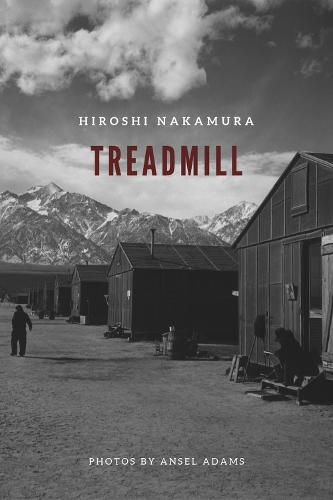Readings Newsletter
Become a Readings Member to make your shopping experience even easier.
Sign in or sign up for free!
You’re not far away from qualifying for FREE standard shipping within Australia
You’ve qualified for FREE standard shipping within Australia
The cart is loading…






Treadmill is a truly unique and historically significant novel and the only book written about life in the Japanese-American internment camps during World War II written at the time by an internee. Hiroshi Nakamura, along with his family, spent the war years in Salinas Assembly Center, Salinas, California; Camp II of the Poston Relocation Center, Parker, Arizona; and Tule Lake Segregation Center, Newell, California. It was during this period that he put down on paper what he was observing, experiencing, and hearing and expressed them in this novel. This revised edition of Treadmill contains a new introductory essay by Professor Tara Fickle discussing the historical importance of Nakamura’s work. Also included are a series of photographs of Japanese internment camps in California taken by renowned photographer Ansel Adams taken in 1943. Adams had unprecedented access to life inside the camps and these photographs provide an exceptional visual accompaniment to Nakamura’s story.
$9.00 standard shipping within Australia
FREE standard shipping within Australia for orders over $100.00
Express & International shipping calculated at checkout
Treadmill is a truly unique and historically significant novel and the only book written about life in the Japanese-American internment camps during World War II written at the time by an internee. Hiroshi Nakamura, along with his family, spent the war years in Salinas Assembly Center, Salinas, California; Camp II of the Poston Relocation Center, Parker, Arizona; and Tule Lake Segregation Center, Newell, California. It was during this period that he put down on paper what he was observing, experiencing, and hearing and expressed them in this novel. This revised edition of Treadmill contains a new introductory essay by Professor Tara Fickle discussing the historical importance of Nakamura’s work. Also included are a series of photographs of Japanese internment camps in California taken by renowned photographer Ansel Adams taken in 1943. Adams had unprecedented access to life inside the camps and these photographs provide an exceptional visual accompaniment to Nakamura’s story.